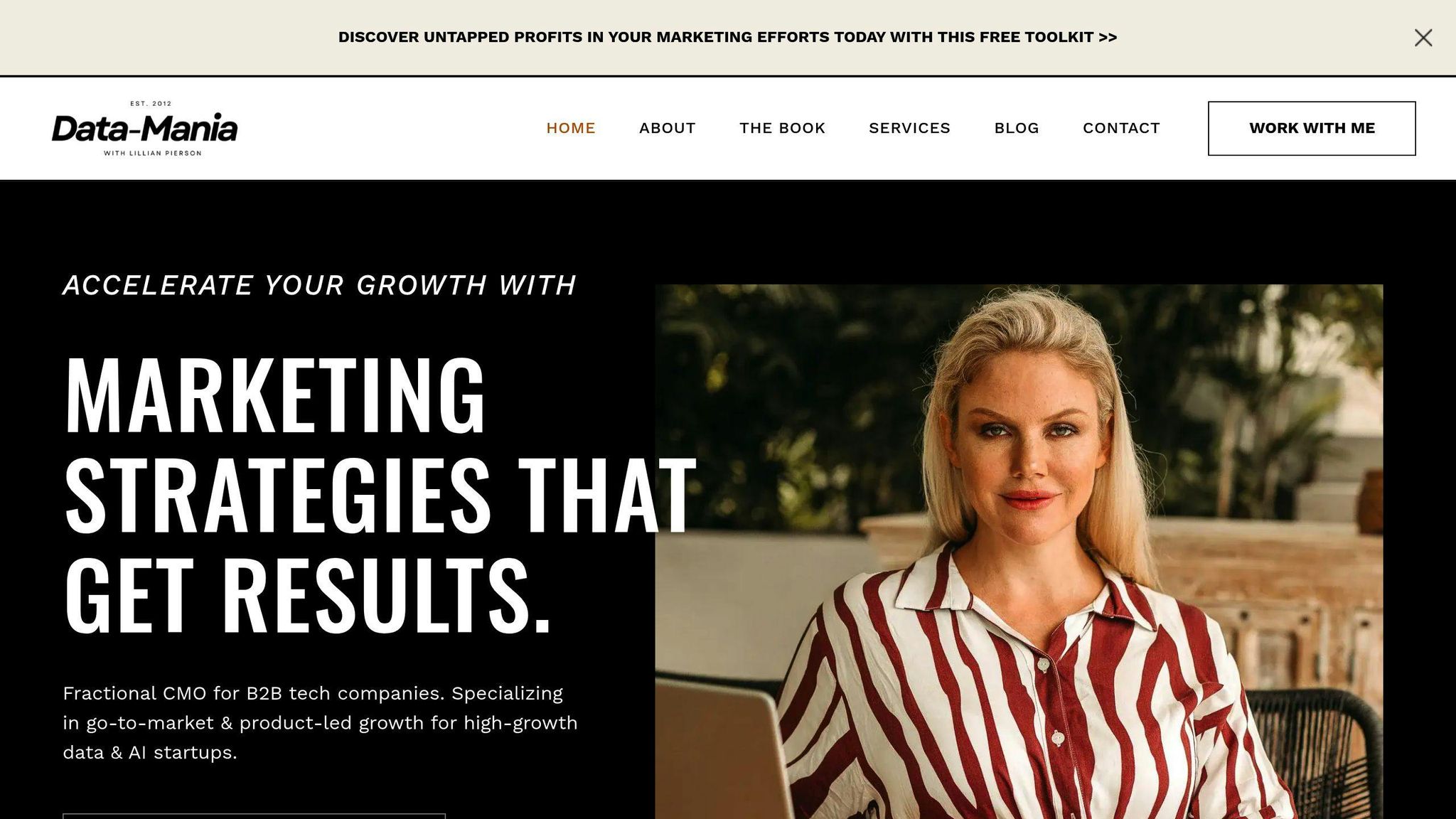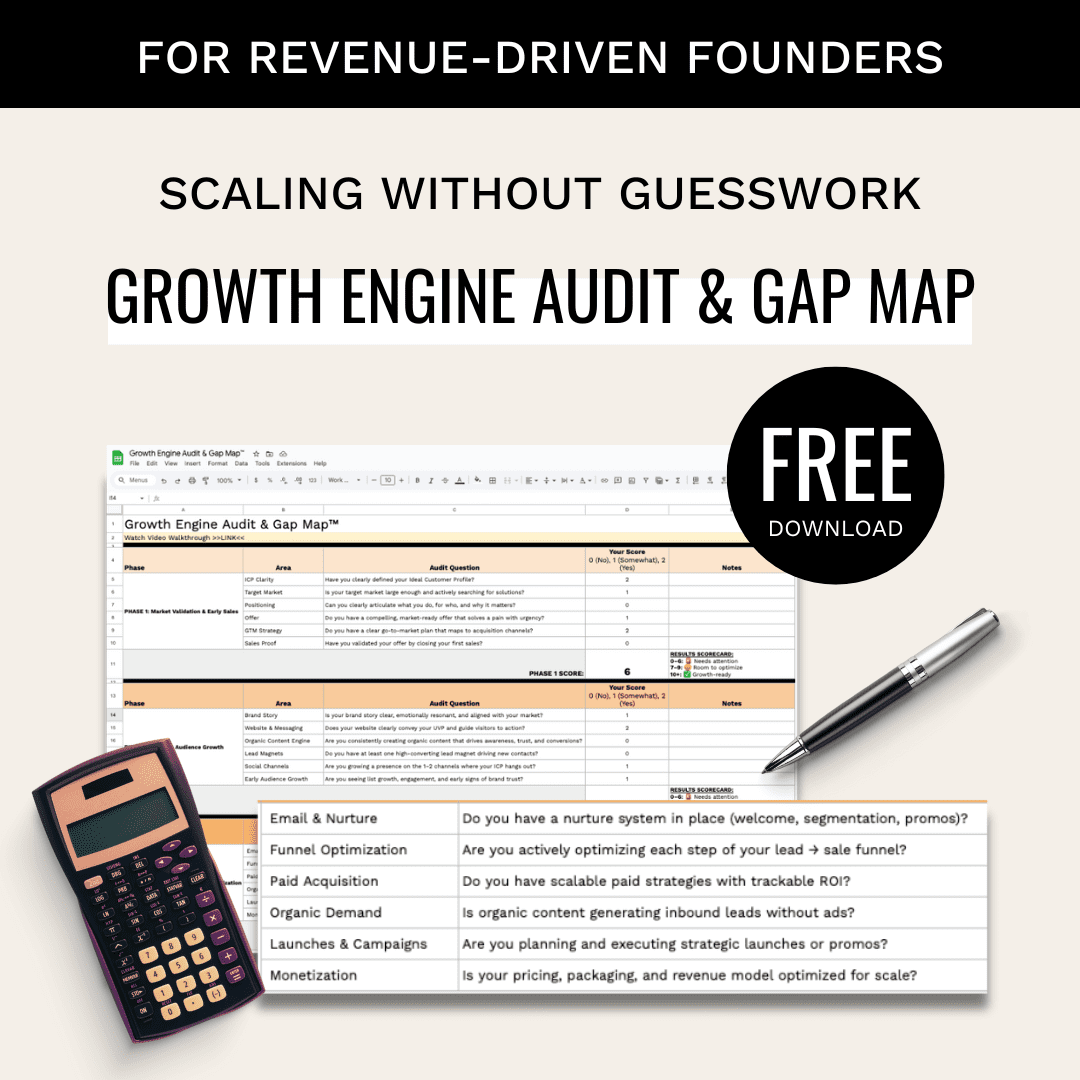Want to know how well your leads are converting? In 2025, MQL to SQL conversion rates vary widely across industries, with averages ranging from 12% to 21%, depending on the sector. Top performers achieve rates as high as 40% with advanced lead scoring and fast follow-ups.
Key Takeaways:
- Top Industries: Consumer Electronics (21%), FinTech (19%), Automotive (18%).
- Challenges: Healthcare (13%) and Oil & Gas (12%) face longer buying cycles and compliance hurdles.
- B2C vs. B2B: B2C models outperform B2B with shorter decision timelines (18-22% vs. 13-15%).
- Lead Scoring Impact: Behavioral scoring boosts conversion rates by up to 40%.
- Timing Matters: Following up within the first hour increases conversion rates to 53%.
Quick Comparison Table:
| Industry | Conversion Rate | Key Driver |
|---|---|---|
| Consumer Electronics | 21% | Short purchase cycles |
| FinTech | 19% | Streamlined digital processes |
| Automotive | 18% | Emotion-driven consumer decisions |
| Oil & Gas | 12% | Long procurement cycles |
| Healthcare | 13% | Compliance-heavy buying processes |
To improve, focus on sales-marketing alignment, AI-driven lead scoring, and industry-specific strategies. These tactics can help close conversion gaps and drive measurable growth.
Read on for detailed benchmarks, strategies, and tools to improve your conversion rates.
2025 MQL to SQL Conversion Benchmarks
Industry-Specific Conversion Rates
MQL to SQL conversion rates in 2025 vary widely across industries. Here’s a snapshot of the latest benchmarks:
| Industry Sector | Conversion Rate |
|---|---|
| Consumer Electronics | 21% |
| FinTech | 19% |
| Automotive | 18% |
| Aerospace & Aviation | 17% |
| Cybersecurity (SMB) | 15-18% |
| Biotech | 14% |
| Healthcare | 13% |
| Oil & Gas | 12% |
These differences are influenced by the unique buyer journeys and decision-making processes inherent to each sector.
Top and Bottom Performing Industries
A few trends stand out:
- Consumer Electronics tops the chart with a 21% conversion rate, thanks to fast-moving purchase cycles.
- FinTech comes in at 19%, supported by strong demand and streamlined digital processes.
- Automotive hits 18%, benefiting from emotionally-driven consumer decisions.
On the flip side:
- Oil & Gas lags at 12%, reflecting the long and complex procurement cycles typical of the industry.
- Healthcare follows with a 13% conversion rate, influenced by cautious and highly regulated decision-making processes.
Business Model Effects
The type of business model also plays a major role in conversion rates:
- B2C/D2C models consistently outperform B2B, with rates ranging from 18% to 22% compared to 13% to 15%. This is largely due to shorter decision timelines and more direct sales channels.
- Hybrid B2B2C models, like career marketplaces, strike a balance with a 20% conversion rate by addressing both organizational and individual buyer needs.
These benchmarks highlight how both industry dynamics and business models shape conversion outcomes.
Key Conversion Rate Factors
Lead Scoring Impact
The accuracy of lead scoring is a major driver for moving Marketing Qualified Leads (MQLs) to Sales Qualified Leads (SQLs). For example, B2B SaaS companies using behavioral scoring models achieve 39-40% conversion rates, far better than those relying on basic demographic scoring.
This difference explains the 21% gap in performance between top and bottom-tier companies, as highlighted in industry benchmarks.
Sector-Specific Insights:
| Industry | Scoring Model | Conversion Impact |
|---|---|---|
| Aerospace & Aviation | Regulatory-focused | +17% when using specification-based criteria |
| Cybersecurity (SMB) | Basic demographic | -10% without intent signals |
| Enterprise Tech | Behavioral + Technical | +40% with sales engineering data |
Lead Management Process
Timing and structured nurturing workflows are critical for conversion success. Companies that follow up with SQLs within the first hour report a 53% conversion rate, compared to just 17% for follow-ups after 24 hours.
However, inaccurate CRM data can undermine these efforts, especially in heavily regulated industries. For instance, Biotech companies experience a 22% monthly data decay rate in their pipelines, which directly hampers their conversion rates.
"Unattributed lead losses from sales-marketing gaps cost the Automotive sector 22% of potential SQLs annually".
Sector-Specific Barriers
Challenges within certain sectors contribute to the 12-18% conversion gaps observed across industries.
Biotech and Healthcare:
- Extended compliance requirements lower conversion rates by 12% compared to industry norms.
Cybersecurity SMB Market:
- Complex multi-stakeholder approvals extend sales cycles by 35%.
- 62% of failed conversions are due to unclear implementation paths.
Enterprise providers are addressing these challenges with tools like AI-powered predictive scoring, which has shown a 27% lift in biotech conversions, and automated lead grading, which improves SQL accuracy by 43% in SaaS companies.
How to increase the conversion rate from MQLs?
sbb-itb-e8c8399
Conversion Rate Improvement Methods
To tackle common hurdles in conversion, top-performing organizations rely on three key strategies:
Sales-Marketing Coordination
When sales and marketing teams work closely together, conversion rates see a noticeable boost. For instance, companies using shared CRM dashboards with real-time lead activity tracking report 30%+ conversion rates, thanks to better visibility and collaboration.
Here’s how alignment can improve results:
| Alignment Component | Impact on Conversion | Implementation Method |
|---|---|---|
| Shared Lead Scoring | +22% qualification accuracy | Criteria include budget authority and project timelines |
| Pipeline Reviews | +28% lead acceptance rate | Weekly cross-team meetings with clear KPIs |
| Service Level Agreements | -48% lead handoff time | Defined response times and qualification criteria |
These methods help reduce the 22% annual lead losses mentioned earlier.
Data Analysis Tools
Modern analytics platforms are game-changers for identifying and fixing conversion bottlenecks. For example, AI-powered tools like Clari cut false MQLs by 40%, using historical data patterns to refine lead quality.
Other tools driving improvements include:
- Predictive Scoring: Platforms like 6sense and Apollo.io boost conversions by 22%.
- Conversation Analysis: Tools like Gong and Chorus improve trigger identification by 31%.
- Funnel Analytics: Solutions like Mixpanel and Hotjar help pinpoint drop-off points.
Industry-Based Solutions
Different industries require tailored strategies to address their unique challenges. For example, technical industries benefit from approaches that address specific barriers identified in earlier sections.
"Tracking metrics like lead-to-opportunity time and content engagement depth improves SQL retention by 19%".
High-performing organizations (20%+ conversion rates) use dynamic content paths tailored to lead behavior, resulting in a 37% increase in qualification rates. Manufacturing companies often lean on account-based marketing to align multiple stakeholders, while SaaS firms find success with interactive product tours that include qualification checkpoints.
Fractional CMO Services
Fractional CMO services are ideal for companies that need specialized strategies tailored to their unique challenges, rather than relying on generic improvement methods.
Benefits of Fractional CMO Services
Tech companies using fractional CMO services report conversion rate increases of 25-40% across various technical sectors. Here’s how these improvements break down:
| Sector | Average Rate | With Fractional CMO | Key Strategy |
|---|---|---|---|
| AI Startups | 17% | 28% | Focused technical content |
| SaaS Platforms | 26% | 39% | Usage-based lead scoring |
| Climate Tech | 22% | 34% | Mapping regulatory compliance |
These targeted strategies help businesses overcome specific hurdles and achieve measurable results.
Data-Mania‘s Approach

Data-Mania specializes in tackling sector-specific challenges, such as lead scoring and operational misalignment. Their process includes 90-day implementation cycles that prioritize aligning operations and leveraging shared analytics. This structured approach ensures smoother collaboration across departments and addresses inefficiencies.
Cost Comparison: Fractional vs. Full-Time CMO
When it comes to cost-effectiveness, fractional CMOs offer a clear advantage over hiring a full-time CMO:
| Cost Component | Full-Time CMO | Fractional CMO |
|---|---|---|
| Annual Cost | $180K+ | $96K-$180K |
| Average Annual ROI | Variable | $250K+ |
These savings can help close the 12-21% conversion gaps seen in industry benchmarks. For example, a cybersecurity client reduced their cost-per-SQL by 62% while increasing SQL volume by 38% year-over-year.
Summary
2025 Benchmark Results
The 2025 MQL to SQL conversion data highlights major differences across industries. B2B SaaS stands out with an impressive 40% conversion rate, far exceeding the overall average of 13%.
Here’s a quick breakdown:
| Industry | Conversion Rate | Key Driver |
|---|---|---|
| B2B SaaS (Enterprise) | 40% | Aligning technical content with phased buyer education |
| Healthcare | 13% | Multi-stage compliance |
These numbers emphasize the need for sector-specific strategies to improve results.
Implementation Steps
To improve conversion rates, businesses should focus on three main areas:
- Cross-Departmental Alignment
- Use shared CRM dashboards for better visibility
- Ensure consistent lead qualification criteria
- Regularly track metrics to monitor lead progression
- Advanced Technology Integration
- Leverage AI-driven systems for lead qualification
- Automate workflows for distributing leads efficiently
- Analyze engagement patterns to optimize strategies
- Industry-Specific Approaches
- Tailor qualification frameworks to match industry needs
- Develop content that resonates with technical buying committees
- Provide detailed documentation for compliance-heavy sectors
"Untracked lead attribution gaps result in 34% of qualified leads getting lost between departments due to poor tracking systems. Regular process audits can reduce this loss by 40%."
The most successful organizations use a mix of team collaboration, advanced tech, and industry-focused workflows to bridge conversion gaps effectively.
FAQs
Here are answers to some common questions based on the 2025 benchmarks and strategies we covered earlier:
What is the average MQL to SQL conversion rate for B2B?
The average MQL to SQL conversion rate in 2025 differs widely across B2B industries. While the overall average across sectors is 13%, specific industries show significant variation:
| Industry Sector | Conversion Rate | Key Factor |
|---|---|---|
| Enterprise B2B SaaS | 40% | Advanced lead scoring and sales alignment |
| Business Insurance | 26% | Account-based marketing strategies |
| Construction | 12% | Reliance on traditional sales methods |
Companies that focus on uncovering new lead sources can boost visibility by up to 22%. Those implementing AI-powered lead scoring tools report a 31% increase in qualification accuracy.
In addition, tech companies leveraging product-led growth models achieve 23% higher conversions by monitoring in-app user behavior.
Key metrics to consider for a more comprehensive understanding:
- Lead-to-MQL rate: 34-41% for SaaS companies
- SQL-to-opportunity rate: 36-42%
- Untracked lead attribution: Targeting over 20%
These metrics align with the advanced tracking systems discussed in the Data Analysis Tools section, helping businesses address attribution gaps highlighted earlier.
Related Blog Posts
- AI Agents in Marketing: The Secret to Driving 10x Engagement & Conversions
- Collaborative Lead Scoring for B2B Teams
- How Data Improves ABM Segmentation ROI
- 10 B2B Form Design Tips for Higher Conversions




